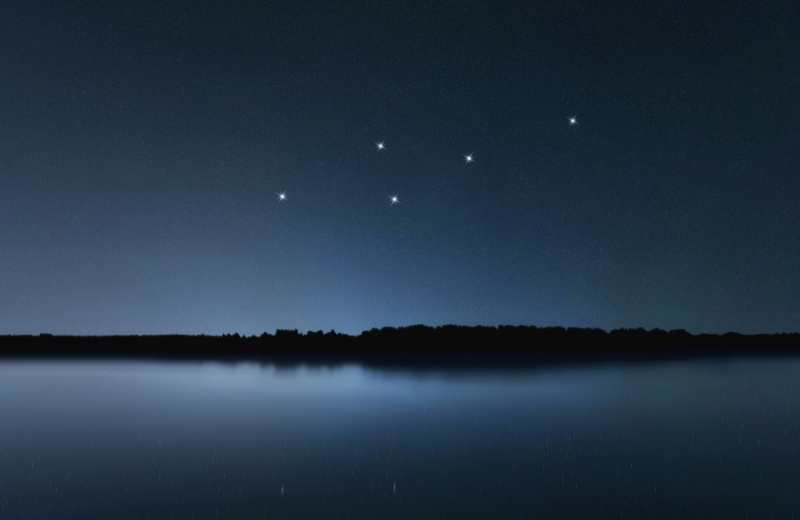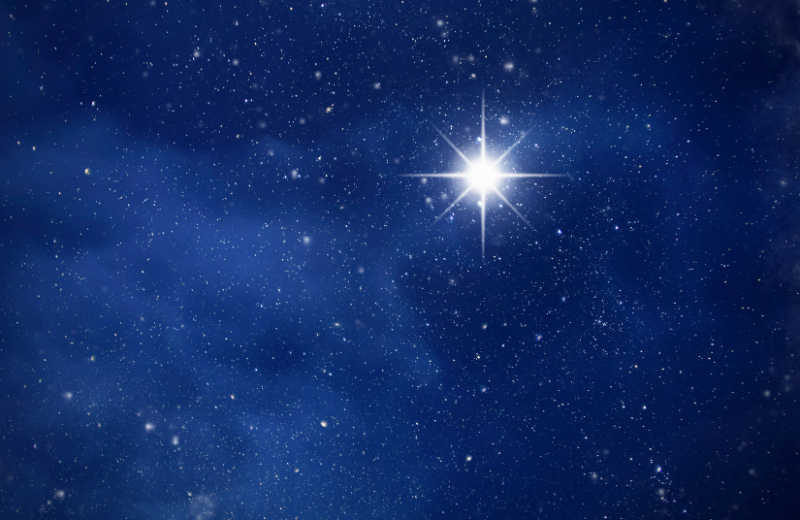When stargazing, you might naturally be drawn to the larger, more prominent constellations. However, there’s a charm in discovering the lesser-known star groups, like the Leo Minor constellation. Though small in size, Leo Minor offers its own unique appeal and is a fascinating subject for budding astronomers and curious stargazers. Let’s take a closer look at what makes this constellation special, how you can spot it, and the intriguing history and science behind it.
Jump to:
Recommended for you!
Best SellersWhat is the Leo Minor Constellation?
Leo Minor, also known as "the Little Lion," is a faint constellation located in the northern hemisphere. It lies between the larger constellations Leo (the Lion) and Ursa Major (the Great Bear). Officially recognised in 1687 by the Polish astronomer Johannes Hevelius, Leo Minor is relatively modern compared to some of the ancient constellations.
Unlike its larger counterpart, Leo, Leo Minor lacks any stars of significant brightness, but it still manages to hold its own charm in the the night sky.
What Does Leo Minor Look Like?

Leo Minor consists of a modest number of stars, with its brightest one, 46 Leonis Minoris, shining at a magnitude of 3.8. This makes it relatively faint and best observed from areas with minimal light pollution. Its star pattern doesn’t form an easily recognisable shape, which can make spotting it a fun challenge for astronomers.
The constellation is made up of approximately 37 stars visible to the naked eye under ideal conditions. However, its three main stars—46 Leonis Minoris, 21 Leonis Minoris, and 20 Leonis Minoris—are often used to locate the Little Lion in the night sky.
How Far is the Leo Minor Constellation from Earth?
Leo Minor's stars are scattered at various distances from Earth. For instance, 46 Leonis Minoris, the brightest star in the constellation, is approximately 98 light-years away. The distance of its stars, combined with their relative faintness, contributes to the constellation’s subtle appearance compared to brighter star groups.
The Leo Minor Constellation Myth
Unlike many older constellations, Leo Minor doesn’t have a strong mythological connection. It was not included in the ancient Greek or Roman star maps. Johannes Hevelius introduced it to fill the gap between Leo and Ursa Major. Despite its lack of mythology, modern enthusiasts have embraced the idea of Leo Minor as a playful counterpart to its larger neighbour, Leo.
Leo Minor's Stars

The constellation’s stars may not be as famous as those in other constellations, but they have unique characteristics. The key stars include:
- 46 Leonis Minoris: The brightest star, a yellow giant located 98 light-years from Earth.
- 21 Leonis Minoris: A binary star system approximately 92 light-years away.
- 20 Leonis Minoris: Another binary star system, notable for its interesting orbital dynamics.
Nebulae in the Leo Minor Constellation
Leo Minor is not known for having major nebulae or other deep-sky objects within its boundaries. However, its proximity to neighbouring constellations like Leo and Ursa Major makes it a useful starting point for exploring nearby galaxies and celestial wonders. Amateur astronomers often use Leo Minor as a reference point when scanning the sky for faint objects.
Finding Leo Minor in the Sky

If you want to spot Leo Minor, you’ll need to look north of the celestial equator. It is best observed during the months of February through May, when it is high in the night sky. To find it, locate the more prominent Leo and Ursa Major constellations. Leo Minor lies nestled between these two, slightly to the north of Leo’s head.
A star map or a mobile stargazing app can make it much easier to pinpoint the constellation, especially if light pollution obscures the fainter stars.
Recommended for you!
Best SellersFun Facts About Leo Minor
- Leo Minor is the 64th largest constellation out of the 88 modern constellations, covering an area of 232 square degrees.
- The constellation’s Latin name means “Little Lion,” reflecting its status as a smaller counterpart to Leo.
- Although it doesn’t feature any Messier objects, its position makes it a good guide for locating nearby galaxies.
- Johannes Hevelius created several constellations, but Leo Minor is one of the few that has stood the test of time.
Study Astronomy for £29
If the Leo Minor constellation has sparked your curiosity, why not explore more about the stars and the cosmos with our Astronomy Diploma Course at Centre of Excellence? This course offers a detailed understanding of the universe, from constellations and star types to the fundamentals of space observation. Perfect for all budding astronomers, the course is available for a discounted price of £29.













